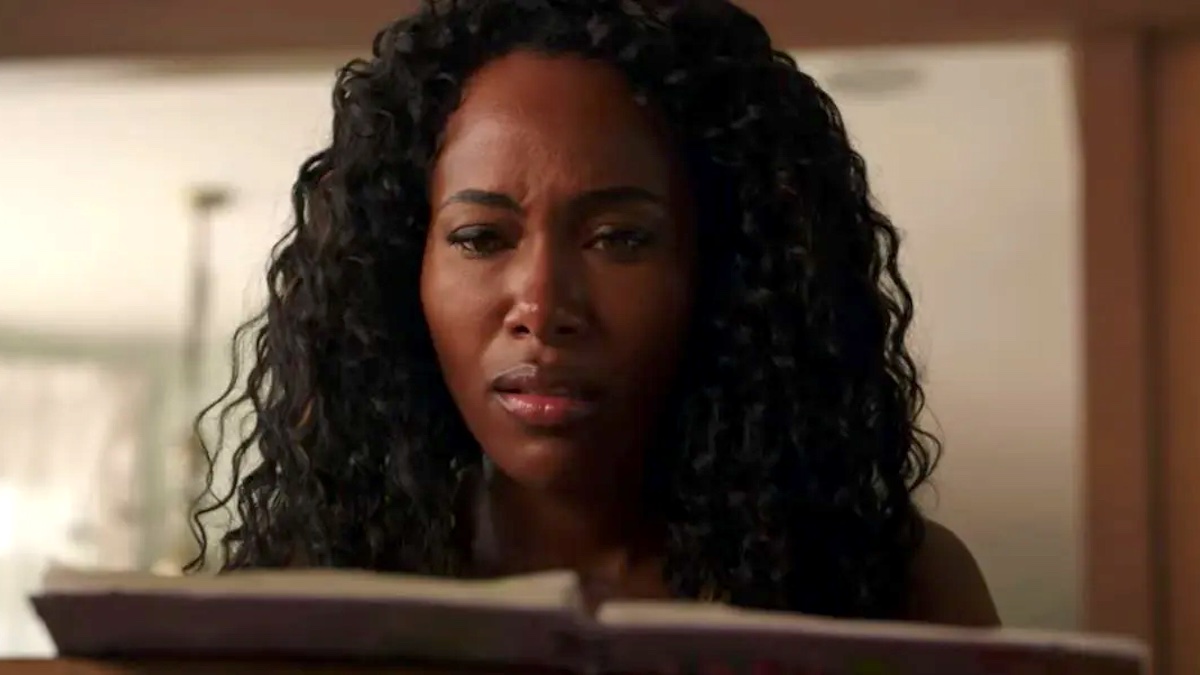We Need To Stop Prematurely Judging Horror Movies by Their MPAA Ratings

So, Imaginary, the next film from Blumhouse Productions, has officially been given a PG-13 rating ahead of its release in March, and as one might expect, folks are already declaring it Blumhouse’s fourth stinker in a row in light of this information.
Now, we could talk about how it’s generally pretty daft to judge a film before it’s been watched, but there’s a deeper conversation within the horror genre that hasn’t been properly unpacked: Why do horror movies have to be rated R to preliminarily qualify as scary. What’s the psychology behind quantifying “scary” in the first place, and is that demonstrably flawed?
When we think of an R-rated horror film, we immediately think along the lines of pathos-backed gore and despair, well-crafted jumpscares and moments of quieter dread, and perhaps a nightmare-inducing antagonist kicking about the screen. Those are all good and fine things to have in a horror film, but how much of that is only mechanically scary rather than actually scary?
Take most jumpscares, for instance: There’s an art to them to be appreciated, but there’s actually nothing genuinely scary about them. Instead, they very sharply jolt the nervous system with loud, unpleasant noises and sudden movements, creating the physical sensation of fear without actually presenting something tangible as the thing to be scared of. (The stentorian, staticky bass used in The Purge: Election Year is a good example of that.) And again, there’s a lot to love about the talent required to toy with tension and how that relates to the language of jumpscares, but when you think about what jumpscares actually do, they begin to feel annoying more than anything.
Compare that to the opening scene in Jordan Peele’s rightfully-beloved feature-length debut Get Out, in which LaKeith Stanfield’s character, Andre, is out for an evening stroll, chatting on his cell phone as we see a car pass by him, only for the car to make a handful of disturbingly deliberate movements in trying to pull up to Andre before he’s violently dragged into the vehicle, not to be seen again for quite some time. On its own, that would definitely be a PG-13 scene, but it’s far, far genuinely scarier than gore porn or jumpscares, perhaps due to Peele’s extremely incisive handle on presentational tension—tension that speaks less to our bodies and more to something a bit more cerebral.
Imaginary’s premise alone echoes more of the latter than the former. When you take an adorable teddy bear, perhaps one not dissimilar to the one that curled up in bed with you to keep you safe as child, and turn it into this malignant entity that wants to hurt you, that speaks to a number of underlying human emotions and nuances. There’s something undeniably disturbing about taking something so starkly associated with keeping you safe—especially as a child—and turning it into something violent, and in Imaginary‘s case specifically, it also seems to be playing on themes/feelings of abandonment and the guilt/regret that comes with ending a friendship or otherwise leaving a shared part of your life behind.
Now, I don’t actually know if Imaginary is going to be any good or not, but there remains something to be said about why it’s not being given a fair chance just because it doesn’t have an R-rating, and in the case of this genre, it could actually, genuinely hurt its reception. If you’re going into a horror movie with the mindset that it doesn’t deserve to be taken seriously, then it’s immediately going to seem less scary than if you had gone into it with a more open mind, and that’s no fault of the film itself.
Furthermore—and this is going to sound strange at first—horror movies don’t actually need to be scary in order to be good movies; M3GAN is perhaps the most prominent example of that at the time of writing. Like its genre fiction brethren, horror is really just a collection of recognizable overtones with a tendency to explore certain ideas more closely and more often than others, which is to say that those ideas tend to be disturbing, but disturbing ideas are hardly unique to the horror genre. (I don’t consider I’m Thinking of Ending Things a horror film, but maybe you do.)
Comedy films are the same way; last year’s Jennifer Lawrence-led No Hard Feelings was a fantastic movie despite not being a particularly funny one. Comedy and horror are unique in this way in that the labels speak more to how a film tries to play with tension rather than being chiefly textual like fantasy and sci-fi.
But I’m gonna pump the brakes here before this turns into a dissertation. For now, cut Imaginary some slack, wait until you’ve actually seen the film before writing it off (which you’re absolutely free to do, by the way), and maybe think more about how we can individually improve our relationship to horror; you might make an enriching discovery.
(featured image: Blumhouse Productions)
Have a tip we should know? tips@themarysue.com